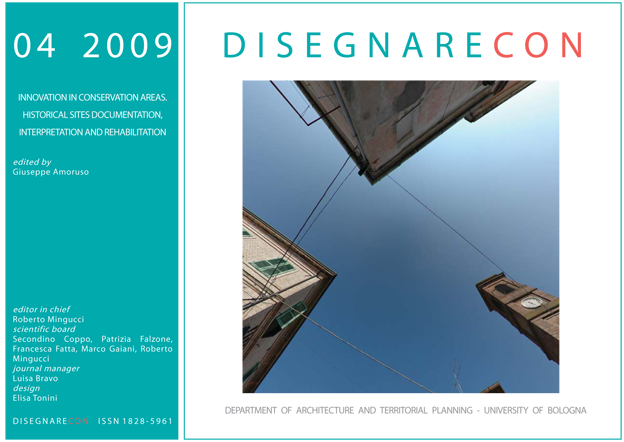Evaluating urban and environmental transformation in UNESCO sites in emerging countries: digital representation of An-Ninh, town of Hue, Vietnam
DOI:
https://doi.org/10.6092/issn.1828-5961/1797Abstract
Urban and environmental transformations taking place in developing countries frequently include also sites of high historical and monumental value, which therefore need methods and tools to safeguard the physical and perceptual. This paper examines the case of the An-Ninh, near Hue, Vietnam, UNESCO city since 1993. The development of the An-Ninh is expected in the tourist-cultural development programs of local governments. It is indeed characterized by the presence of one of the most important Templar sites in the country, an integrated natural environment and landscape of high quality. The city of Hue is a widespread and monumental system built into the territory where the phenomena of urban sprawl linked to economic growth still slow in coming. The works of recognized historical and artistic value can be classified into three main groups: The Citadel containing the Forbidden City and the system of buildings to serve the Imperial Court; The set of buildings spread over the surrounding mountains, especially the Imperial Tombs; The French colonial expansion area in the south of the city; the area of the Temples of An-Ninh, the subject of this research. The Dardus department research group, jointly with the University of Hue and the Hue Monuments Conservation Centre has implemented a rigorous process of knowledge and documentation of the architecture and land including the site of An-Ninh. On this basis, the team has created a virtual environment of the area, which had the function of the background to assess the sustainability of new interventions architecture. The modeling process has translated information acquired in survey campaigns and research of historical documentations in a virtual object structured according to different levels of detail, and hierarchies of values. Each monumental item was represented taking into account the level of current conservation and physical integrity, increasing the level of detail only in the presence of certain data. Through the aid of the virtual environment of the current situation and reconstruction of the original state, it is possible recreate relationships and contradictions that can be qualitatively assessed during the integration of new architectures in order to optimize the shapes and architectural solutions. In this way the project becomes a discontinuous process, where every aspect is compared with the context in order to safeguard the existing perceptions that give quality to the environment and to the inhabitants life. The research not only faces the issue of the relationship visualization, but also offers a path to evaluate and extrapolate some values "recognized" by the community, through which initiate the design strategies.Downloads
Published
2010-04-02
How to Cite
Issini, G., & Pugnaloni, F. (2009). Evaluating urban and environmental transformation in UNESCO sites in emerging countries: digital representation of An-Ninh, town of Hue, Vietnam. DISEGNARECON, 2(4), 41–54. https://doi.org/10.6092/issn.1828-5961/1797
Issue
Section
Articles
License
Copyright (c) 2009 Giovanni Issini, Fausto Pugnaloni





